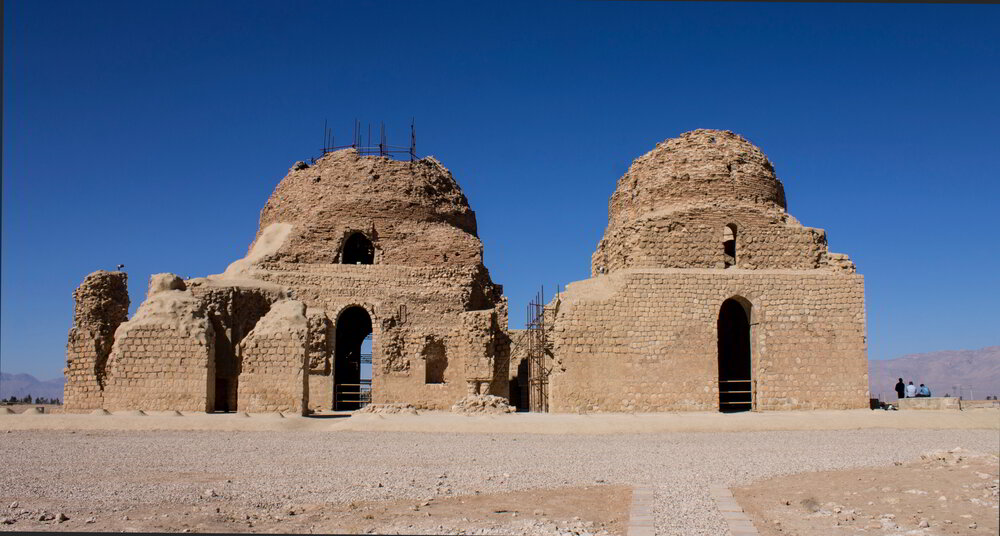Sassanid palace in southern Iran to undergo restoration

TEHRAN – Restoration work will commence on a crumbling Sassanid palace, which is situated in Sarvestan, southern Iran.
A budget of 40 billion rials (about $151,000) has been allocated to the restoration project, Sarvestan’s tourism chief said on Saturday.
Covering an area of 25 hectares, the Sassanid-era (224–651) monument has three iwans (porches), a large square hall under a large brick dome, and a rectangular courtyard, surrounded by the residential quarters, Hossein Purasad explained.
Located inside a UNESCO-registered ensemble, the palace has long fascinated archaeologists, architects, and historians of art for its extraordinary architectural elements.
In 2018, UNESCO added an ensemble of Sassanian historical cities in southern Iran -- titled “Sassanid Archaeological Landscape of Fars Region”-- to its World Heritage list. The ensemble is comprised of eight archaeological sites situated in three geographical parts of Firuzabad, Bishapur, and Sarvestan. It reflects the optimized utilization of natural topography and bears witness to the influence of Achaemenid and Parthian cultural traditions and of Roman art, which later had a significant impact on the architecture and artistic styles of the Islamic era.
The Sassanid era is of very high importance in the history of Iran. Under Sassanids, Persian art and architecture experienced a general renaissance. Architecture often took grandiose proportions such as palaces at Ctesiphon, Firuzabad, and Sarvestan which are amongst the highlights of the ensemble.
Crafts such as metalwork and gem-engraving grew highly sophisticated, yet scholarship was encouraged by the state. In those years, works from both the East and West were translated into Pahlavi, the language of the Sassanians. Rock-carved sculptures and bas-reliefs on abrupt limestone cliffs are widely deemed as characteristics and striking relics of Sassanian art, top examples of which can be traced at Bishapur, Naqsh-e Rostam, and Naqsh-e Rajab in southern Iran.
ABU/AFM
Leave a Comment